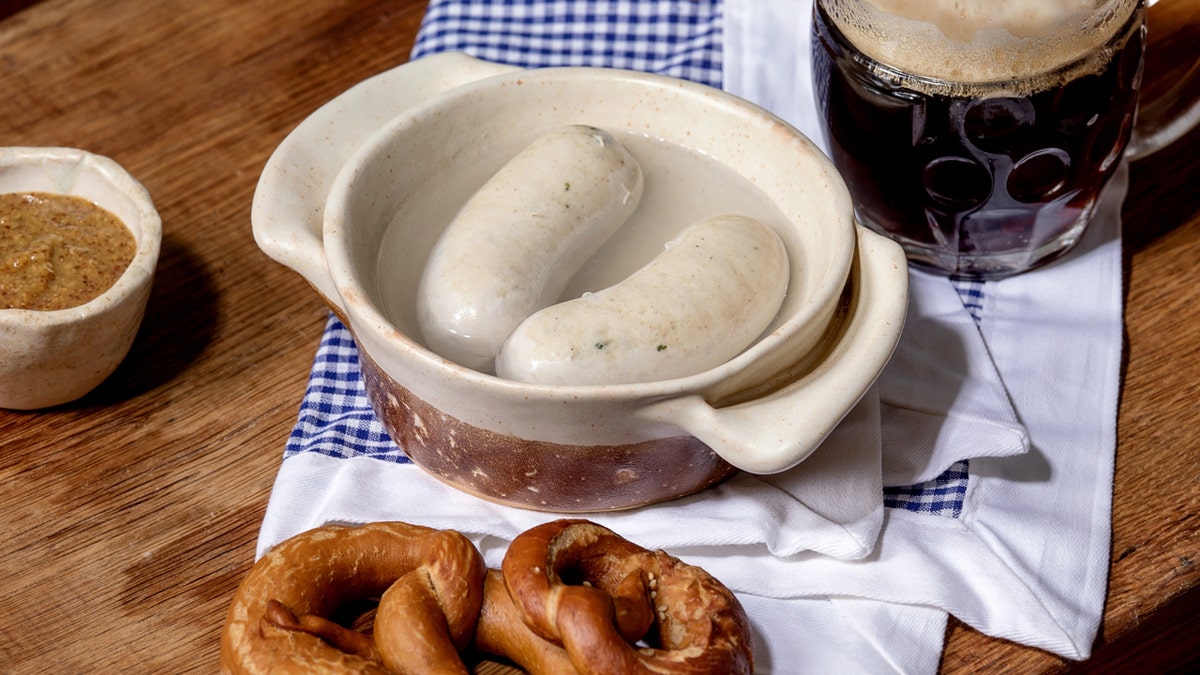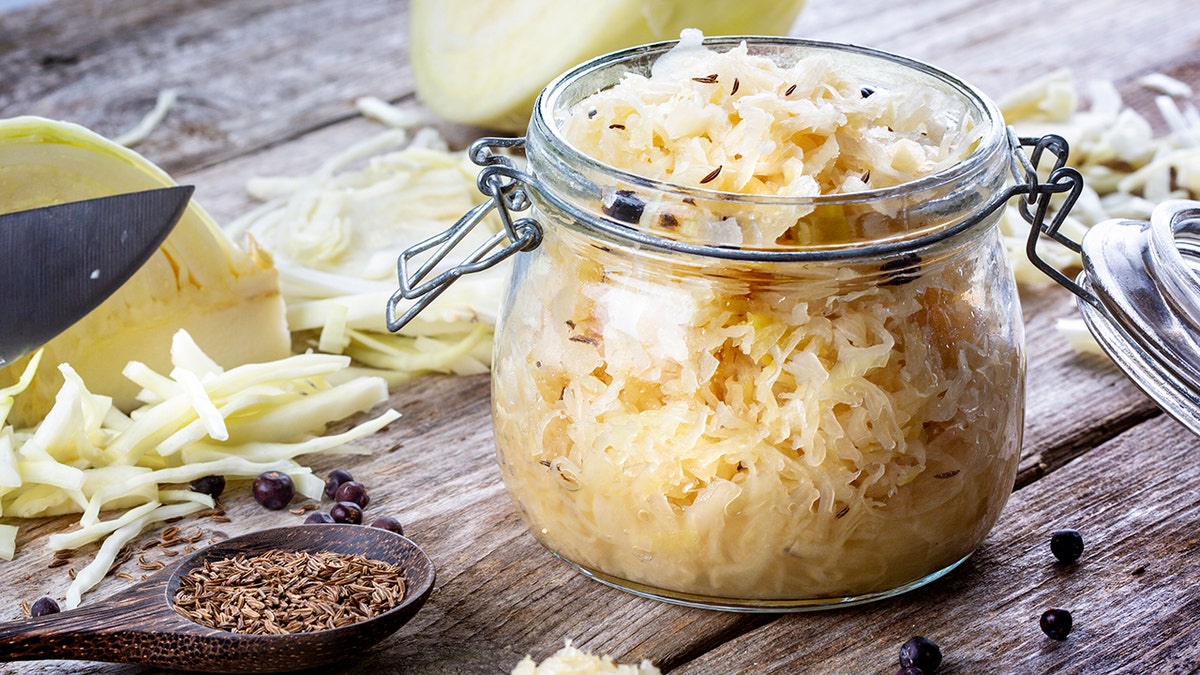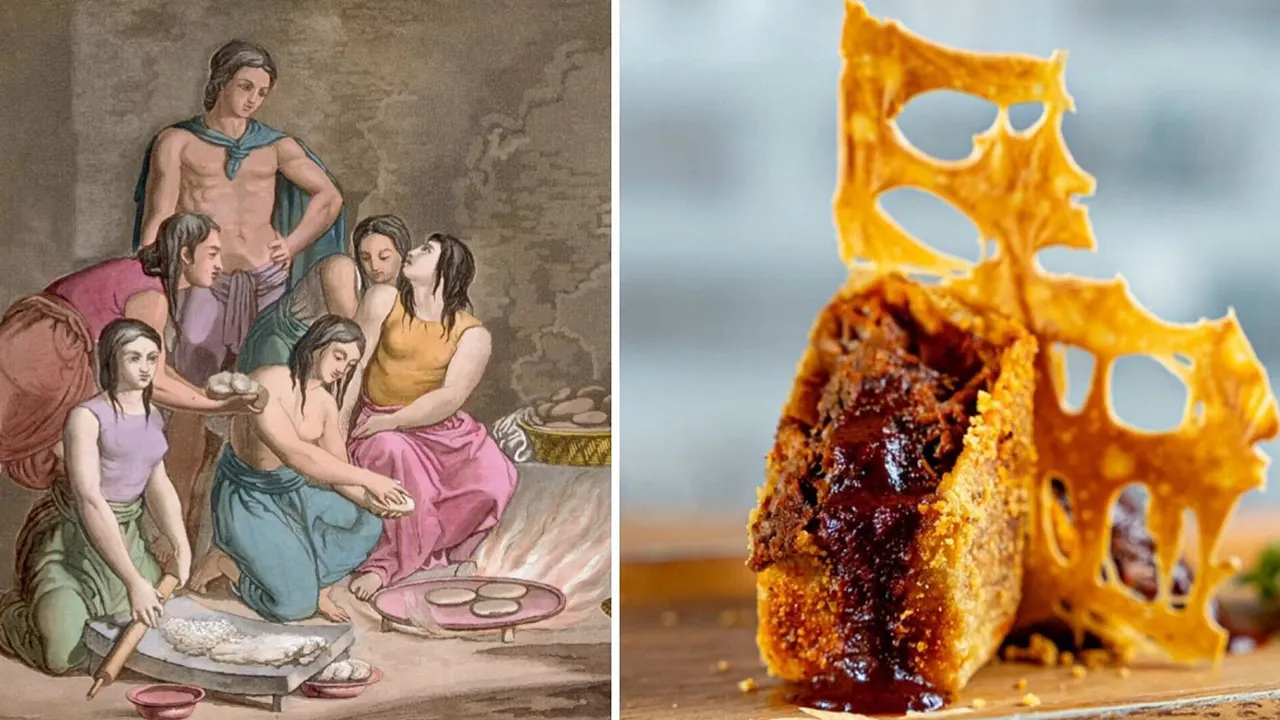April 25, 2024:
One of the first things tourists look forward to most when traveling abroad is a country’s food – and this rings particularly true in Germany.
Perhaps this is unsurprising.
A large amount of the country’s press comes from the world-famous Oktoberfest, a Bavarian celebration once dedicated to the wedding of King Ludwig I that’s since become an international phenomenon where German beer and cooking take center-stage.
GERMANY TRAVEL GUIDE: DISCOVER THE RICH CULTURE OF DEUTSCHLAND
Here’s a look at just a few of Germany’s culinary must-haves when visiting the country.

Bratwurst is among the most popular and prolific German sausages out there. (Photo by Daniel Karmann/picture alliance via Getty Images)
Traditional German sausages
No guide to German cuisine would be complete without a dive into its most famous culinary export: its diverse array of sausages.
The most popular among them by far is bratwurst, a link sausage generally made from pork, veal or beef.
While bratwurst can easily be found in restaurants and pubs across the country, Nuremberg is often dubbed the delicacy’s home – historical documentation shows it’s been served in the Franconian city since at least 1313.
Other common sausage varieties include bauernwurst, a stronger, spicier cousin of bratwurst; and knockwurst, a primarily pork- and veal-based sausage flavored with garlic that originated in Schleswig-Holstein, a state in Germany’s far north.
Meanwhile, Weiβwurst – which literally translates to “white sausage,” and is made from minced veal and back bacon – is a common staple in Bavaria, a state in southern Germany known for its distinct Alpine character and bustling Oktoberfest scene.

Popular in Bavaria, Weißwurst, or “white sausage,” is made from veal and back bacon. (Photo by: Natasha Breen/REDA&CO/Universal Images Group via Getty Images)
Rouladen
Rouladen is an all-encompassing label that describes several similar dishes that originate from different parts of Europe.
However, Rinderrouladen is the version most Germans are referring to when using the term.
TAMALES ARE HOT TODAY, YET SAVORY WRAPS ARE AS OLD AS CIVILIZATION
Rinderrouladen is typically made up of long, thin strips of meat (generally beef) rolled up with bacon, onion, pickles and mustard, and is generally served alongside potato dumplings or pickled red cabbage.
Sauerkraut
Another quintessential German culinary staple is sauerkraut, which is cabbage cut or shredded very thin, salted, and fermented for up to six weeks.
CLICK HERE TO SIGN UP FOR OUR LIFESTYLE NEWSLETTER
It’s known for its distinct, sour flavor, which earns it its namesake. Sauerkraut literally translates to “sour cabbage.”
While many consider sauerkraut to be virtually synonymous with German cooking, its origins actually are not German at all.

Sauerkraut, a common German side dish, is made from shredded, fermented cabbage. (iStock)
Various accounts suggest that the fermenting or pickling of cabbage can be dated back to Ancient China, when the Great Wall was still being constructed.
Others, meanwhile, trace it back to similar practices by the Romans.
Schweinshaxe
Another big hit in Bavaria, Schweinshaxe – known locally as Schweinshaxn – is a roasted ham hock, or pork knuckle. Like Rouladen, Bavarians typically serve it alongside potato dumplings and red cabbage.
CLICK HERE TO GET THE FOX NEWS APP
Typically roasted for about three hours after spending days marinating, or even weeks, Schweinshaxe takes a notoriously long time to prepare.
A related dish, Eisbein, which employs the use of ham hock that’s pickled, rather than roasted, is popular in other regions of Germany, particularly around Berlin.
For more Lifestyle articles, visit www.foxnews.com/lifestyle.

























